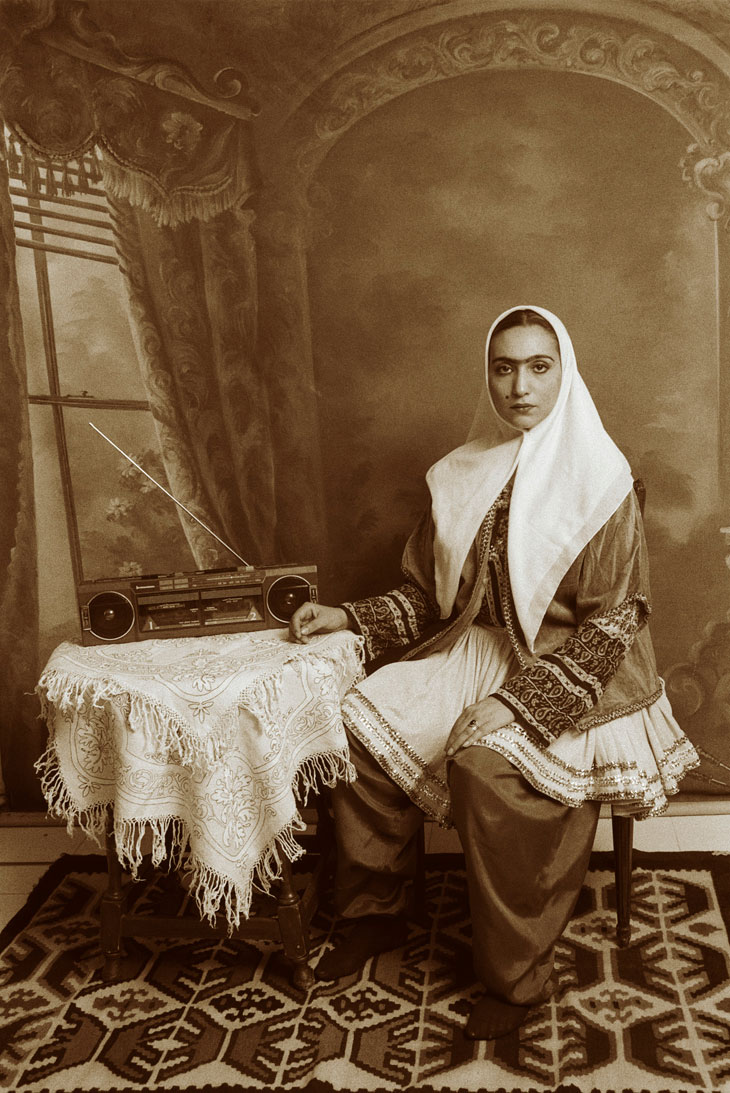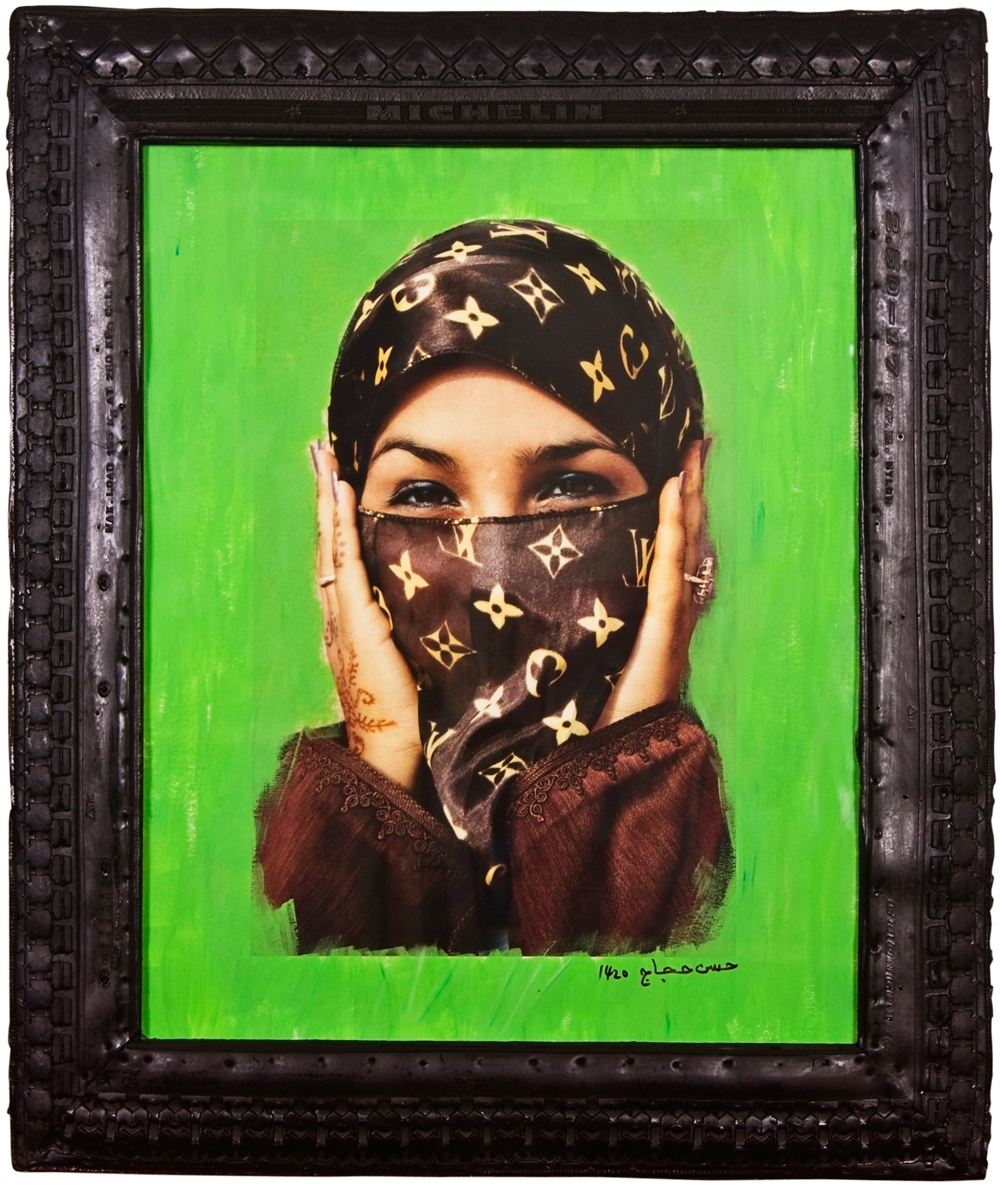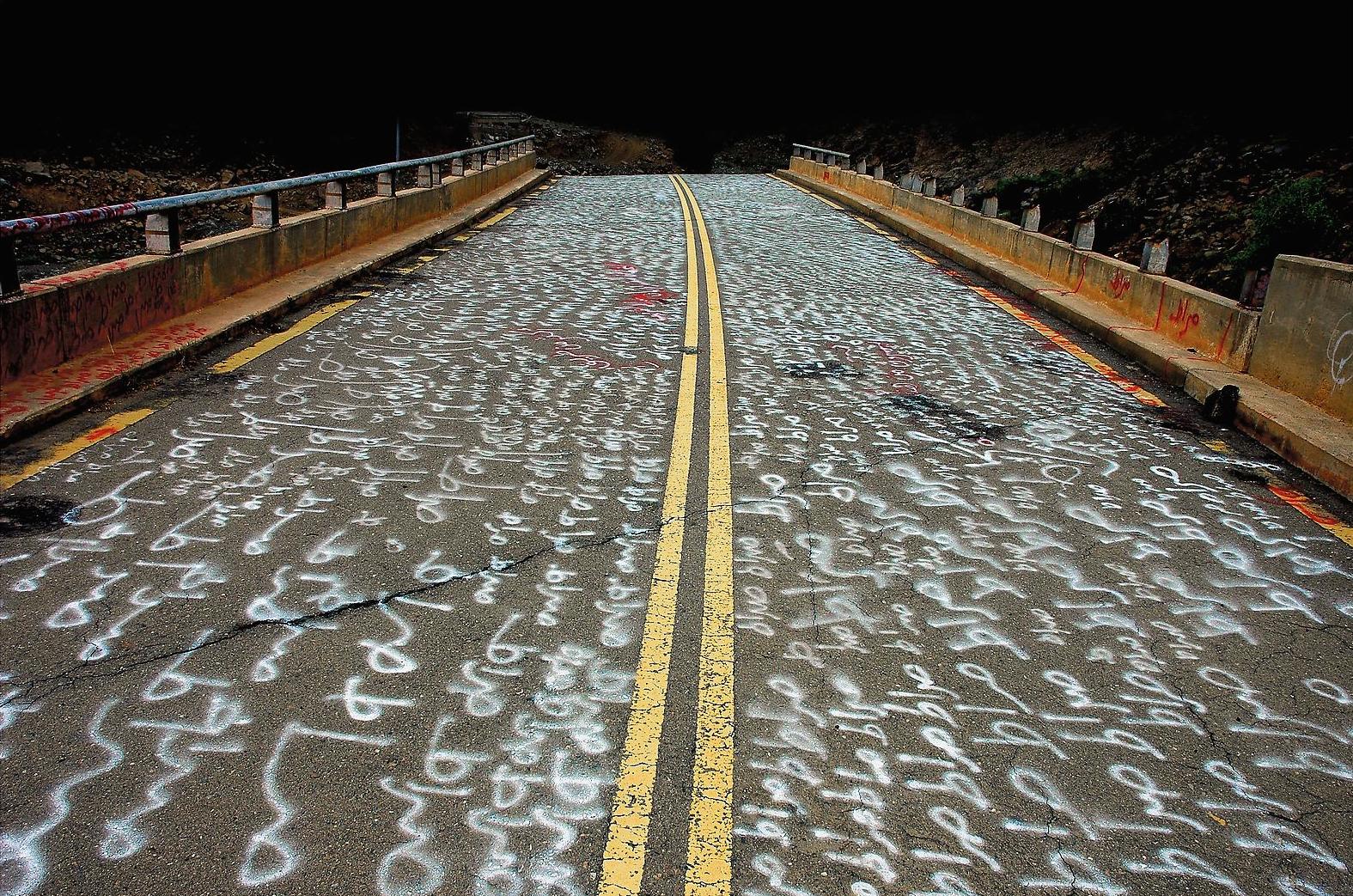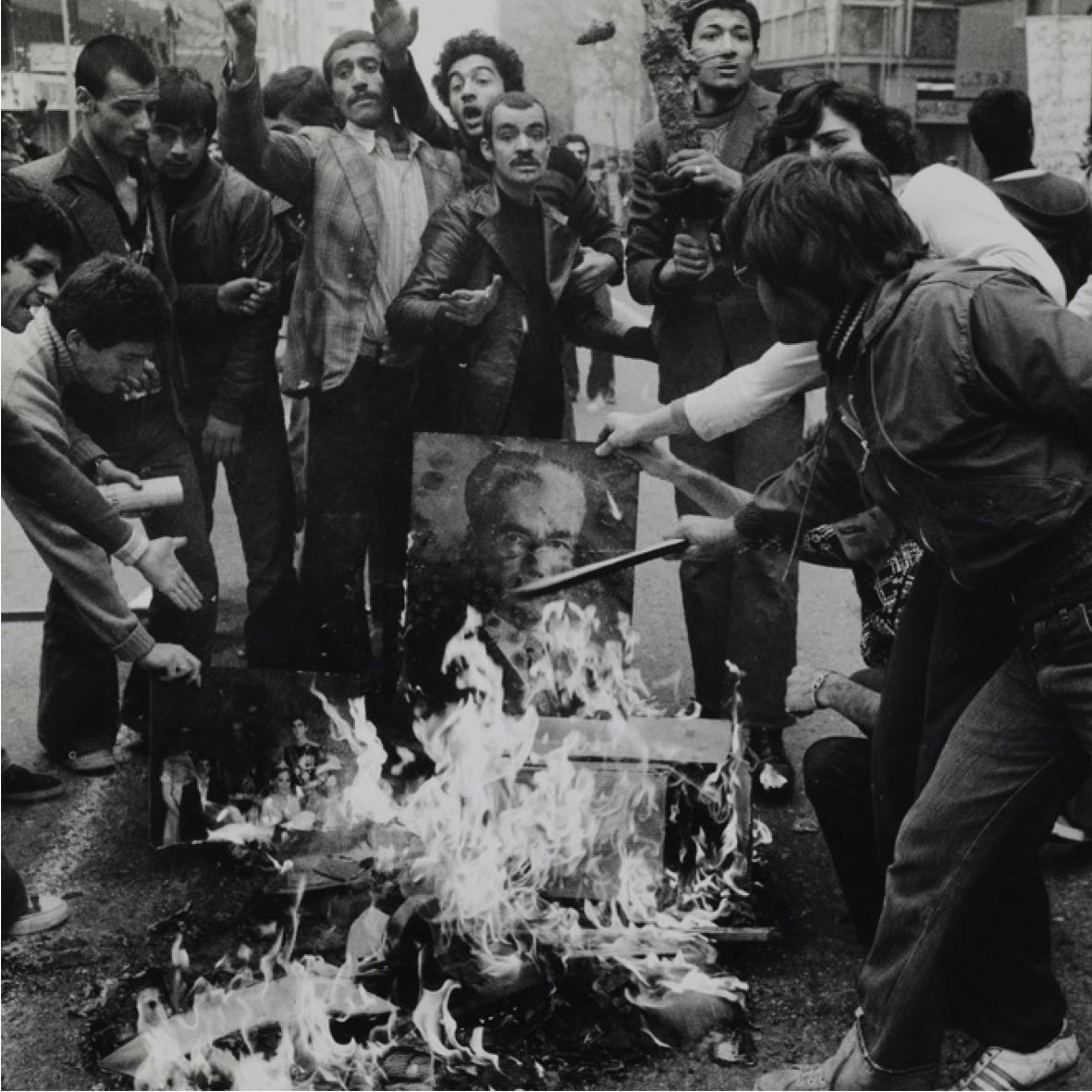Documenting the sociopolitical upheavals in the Middle East through photography
Images courtesy the Art Fund Collection of Middle Eastern Photography at the V&A and the British Museum
London has been undergoing its own Arab Spring of sorts in the past months, as a steady flow of exhibitions and cultural events focusing on the Middle East have been flourishing around the capital in rapid succession.
In the summer of 2011, Shubbak, London’s first festival of contemporary Arab arts & culture was launched by mayor Boris Johnson, and was quickly followed by the city’s second Nour Festival of Arts in October of that year. In January, just a few months later, the British Museum launched its Hajj exhibition, and in almost no time, an assortment of similarly themed exhibitions blossomed around London.
This November, less than two weeks after Edge of Arabia’s dazzling #COMETOGETHER exhibition in East London’s Truman Brewery warehouse, the Victoria and Albert Museum opened the Light from the Middle East photography exhibition. This major museum exhibition, running until the spring of 2013 celebrates the photography of 30 artists from 13 countries, both within the Middle East and the diaspora. While some of the works in the exhibition are to be expected – veiled women, dramatic 60s Orientalist images courtesy Youssef Nabil, and the like – others are representative of the discontent felt by many Middle Eastern artists and young idealists in countries that are at war, under occupation, or facing political turmoil. A rather eclectic assortment of works, the spellbinding photographs vary wildly in their subject matter and style, and on viewing them, one can’t help but wonder if the paradox of the mysterious, beautiful, and yet dangerous Middle East is what keeps London audiences coming back for more.
‘The emphasis is on how the medium of photography is being used, interrogated, and even undermined by Middle Eastern artists’, says Marta Weiss, Curator of Photographs at the Victoria and Albert Museum, as well as of the exhibition itself. ‘This is exciting, because this is the first exhibition to look at a wide range of work from this vast and diverse region, while focusing exclusively on photography’. While it is definitely the first of its kind in that respect, the exhibition is also unique in terms of its curatorial approach. ‘This exhibition presents the work in a new light (excuse the pun) by looking carefully at the choices artists make about how to use photography’, Weiss explains.

Shadi Ghadirian - Qajar Radio
In a nutshell, the exhibition deals with the social and political upheavals the Middle East has witnessed over the last few decades. Could the ‘light’ in this exhibition’s title, as well as that of the Nour Festival (‘nour’ being Arabic for ‘light’) perhaps be symbolic of hope in the region? Maybe, but that’s not the official consensus, according to Weiss. ‘The “light” refers to photography. As Abbas, one of the photographers in the exhibition likes to point out, photography is writing with light’.
Abbas is an Iranian photojournalist and Magnum photographer who throughout his career, covered numerous conflicts in the 70s and 80s, including the Biafra war in Nigeria, the Vietnam war, a string of episodes in South Africa, and the Iranian Revolution. His haunting black-and-white images bear witness to the strong and almost brutal gestures of aggression and courage of his subjects. Using light, Abbas highlights the main actors in his war ‘portraits’, dramatically forcing the viewer to take notice.
Given Weiss’ role at the V&A, and the numerous subjects at hand, why has the museum decided to focus its attention solely on the Middle East? As she remarks:
There has been so much interesting work being made across the region, especially in the past 15 years or so, and although the V&A’s collection of photographs (which spans the history of photography, from 1839 to the present, and includes over 500,000 photographs) included 19th Century photographs of the Middle East, it contains very little up-to-date work relating to the region. It seemed like the right time to collect, and now, exhibit, this recent work.
Indeed, Middle Eastern art has seen a huge surge in interest, ever since Christie’s opened its Dubai office in March of 2005. As Venetia Porter, Curator of Islamic and Contemporary Middle Eastern Art at the British Museum once noted in an interview with The Guardian, ‘Artists whose works fetched around £5,000 before 2005 [are] now selling for £30,000 – £50,000’. As well, as Christie’s’ recent October sale of Modern and Contemporary Arab, Iranian, and Turkish Art showed, international collectors are still paying record figures for such works. But what is it about Middle Eastern art (if one can make such a generalisation) that is so attractive, and are there any differences in the artistic ‘language’ used across the countries in the region?

Hassan Hajjaj - Saida
‘It’s difficult to generalise,’ says Weiss, ‘but a recurring characteristic is a real self-awareness about the medium of photography. Expanding on this, she notes:
Concerns with how photography has been used in the past, whether in postcards and studio portraits, or how susceptible photographs are to manipulation – by censors or for propaganda purposes – are evident in much of the photographic practice I see coming out of the Middle East today. In Lebanon, for instance, the Civil War is a recurring theme, and various Lebanese artists, such as Joana Hadjithomas, Khalil Joreige, and Walid Raad, although working independently, share an approach that raises questions about the different ways photography can be used to tell stories or lend authority to history and memories, especially of traumatic experiences.
In addition to Abbas, it is also exciting to see the work of another Iranian artist on display. Shadi Ghadirian’s humorous and telling monochrome photographs of Qajar-era Iranian women in chadors, engaged in a variety of modern pastimes – vacuuming, listening to boomboxes, and so on – first made their appearance in 2001, when a selection of them was shown at the Barbican’s Iranian Contemporary Art exhibition, curated by Rose Issa. It is interesting to see the talented young photographer’s iconic works, as well as those of another artist, who has also taken the pop-art route. Moroccan photographer Hassan Hajjaj’s Le Salon presents a Moroccan living room re-upholstered using leather bearing the iconic Louis Vuitton logo throughout. The piece was shortlisted in 2009 for the illustrious Jameel Prize for Contemporary Islamic Art, and all but turned the artist into a household name, while it toured museums in Saudia Arabia, Turkey, Iran, Syria, Morocco, Lebanon, and the UAE. Hajjaj’s ‘souk with a twist’ style is instantly recognisable by its brightly coloured and almost teasing look at the rebranding of traditional North African culture with Western pop culture. Alternatively, one could consider his work as a cheeky nod to the North African and Arab weakness for flamboyant luxury fashion goods.

Abdulnasser Gharem - Al Siraat
Also worth noting are some names which appeared at various Edge of Arabia exhibitions, such as Manal AlDowayan and Abdulnasser Gharem, a Lieutenant-Colonel in the Saudi army whose bold performance, installation, and visual works are causing a stir in the art world. For this particular exhibition, Weiss has chosen one of Gharem’s more ‘accessible’ photographs, Al Siraat (Arabic for ‘The Path’, and a reference to the bridge one passes en route to Paradise in Islam). The piece, which launched the artist’s career at the Venice Biennale in 2007 shows a ruined bridge with the word Al Siraat running along the tarmac’s cracked surface. Like many of his other pieces, Al Siraat provides a thought-provoking image for viewers of all nationalities and faiths.
‘Light from the Middle East: New Photography’ runs at the V&A until April 7, 2013. This exhibition has been made possible via the establishment of the Art Fund Collection of Middle Eastern Photography at the V&A and the British Museum.

